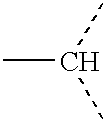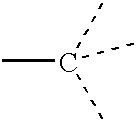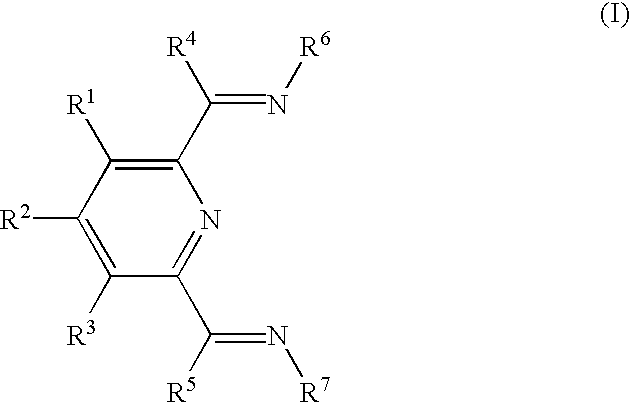Manufacture of polyethylenes
a polyethylene and polyethylene technology, applied in the field of polyethylene manufacturing, can solve the problems of not being 100% correct, not being able to obtain a representative sample of the olefin series, and olefin such as 1-butene is partially "lost"
- Summary
- Abstract
- Description
- Claims
- Application Information
AI Technical Summary
Problems solved by technology
Method used
Image
Examples
example 1
General procedure for making silica supported catalysts:
In a drybox, A (0.1 wt % in biphenyl, the weight in Table 1 are the solution weights), B and / or C, and silica supported methylaluminoxane (0.35 g, 18 wt % in Al, Albamarle) were mixed with 15 mL of toluene in a 20 mL vial. The vial was shaken for 30 min at RT. The solid was filtered, washed with 3.times.5 mL toluene and dried in vacuo for 1 h. It was then stored in a freezer in the drybox and was used the same day. Details of catalyst components are listed in Table 1.
PUM
| Property | Measurement | Unit |
|---|---|---|
| melting point | aaaaa | aaaaa |
| density | aaaaa | aaaaa |
| temperature | aaaaa | aaaaa |
Abstract
Description
Claims
Application Information
 Login to view more
Login to view more - R&D Engineer
- R&D Manager
- IP Professional
- Industry Leading Data Capabilities
- Powerful AI technology
- Patent DNA Extraction
Browse by: Latest US Patents, China's latest patents, Technical Efficacy Thesaurus, Application Domain, Technology Topic.
© 2024 PatSnap. All rights reserved.Legal|Privacy policy|Modern Slavery Act Transparency Statement|Sitemap



